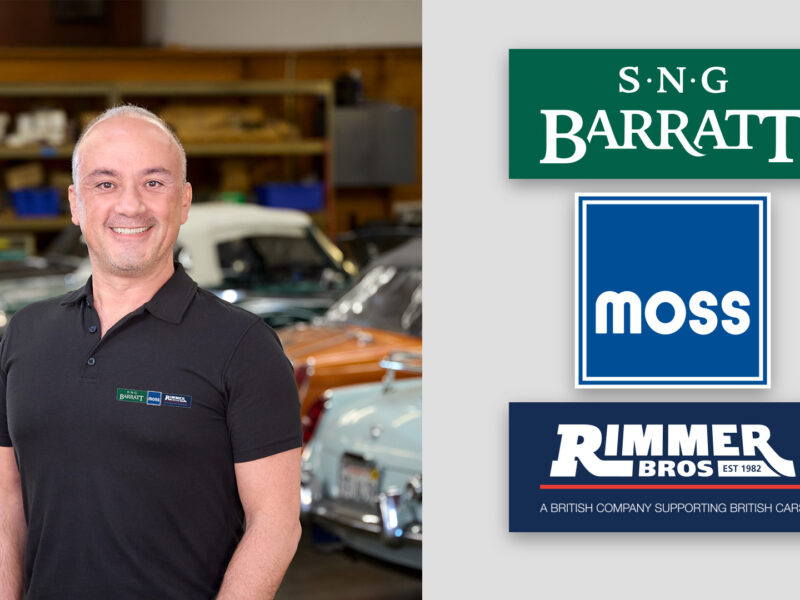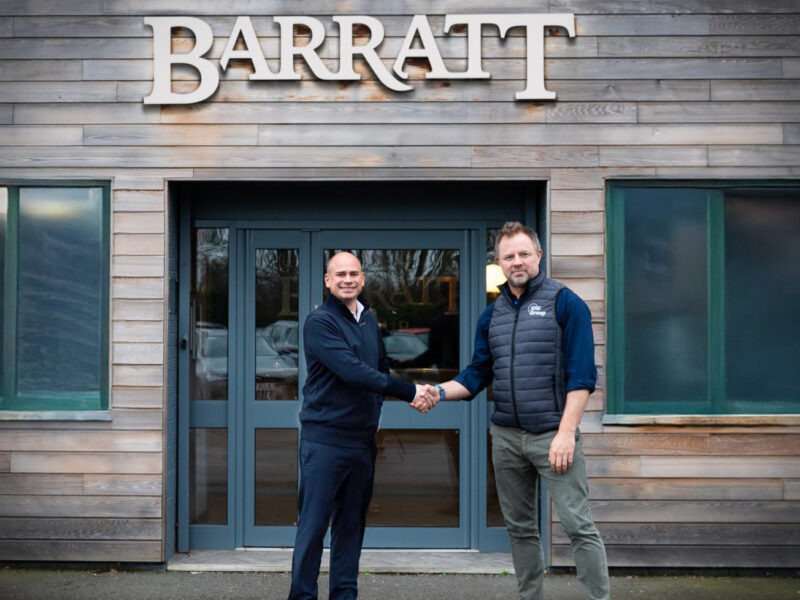Much has been publicized in regard to MG ’96, the giant meeting of all the MG clubs to be held at Indianapolis in lute June of this year. However, how many enthusiasts know that in the early ’60s, especially in 1964 and 1965, MGs actually raced at Indianapolis in the famous May spectacular—the Indy 500?
Kjell Qvale, the BMC distributor in San Francisco, was the finance behind the MG Invasion of Indianapolis with the MG Liquid Suspension Special. However, the real driving force in this particular Indy venture was Joe Huffaker.
His ability as a car builder was well known by the road racers of the era, having fielded winning cars for the BMC stable on the west coast, such as XKE, MGB, Jensen-Healey, and BMC Formula Juniors, to name a few. Thus he brought four cars and teams to Indianapolis.
Peter DePaolo was the Team Manager. DePaolo had won Indy in 1925 and he was the first driver to average better than 100 mph for the 500 miles. Sonny Meyer, son of Lou Meyer of Meyer-Drake, was in charge of the Offenhauser engines, which were mounted at the rear of the chassis, something unusual for American-entered Indy cars in those days.
The four drivers signed up were Walt Hansgen, Jerry Grant, Bob Veith, and Pedro Rodriguez. Hansgen was the lead driver, very focused and seemingly well thought of by his colleagues. He came up through the sports car ranks and had been a winner in big-bore machinery such as Lister and Corvettes.
Jerry Grant came from the Seattle area and started racing in a model A Ford roadster powered by a Chevy in sports car races in the Northwest. In 1961-62 he was undefeated in 27 races, and was the Northwest Champion two or three years. He later drove for, and with, Dan Gurney at Daytona and Indy. Always competitive and a winner, he also drove at Le Mans.
Bob Veith, who came up through the U.S. ranks, had been a top-10 finisher in Indy races for several years, and his first-hand knowledge was invaluable in helping the other drivers get to the Speedway.
The quartet was completed by Pedro Rodriguez, and I recall that he was very apprehensive of the Speedway’s retaining walls and the “wear” marks on his tires. This was a strip that appeared on the tires to let drivers and crews know the condition of wear on the tires, and Pedro thought at first that these weren’t safe.
The Huffaker-built MG Liquid Suspension cars came out from San Francisco beautifully constructed, and showed great promise. A.J. Foyt had helped out with the testing and his sponsors, Sheraton-Thompson, had an option on one of the MG cars, but Foyt finally elected to drive a 1963 Indy roadster instead.
Unfortunately, Rodriguez wrote off one of the cars in practice, and suffered injuries which were sufficient to keep him out of the race. In consequence, the driving was left to Walt Hansgen and Bob Veith. Hansgen did a masterful job, considering it was his first attempt at the Indy 500, and even got up to fifth place in the early stages, but was finally flagged off while in 12th position after a number of minor aliments had brought the car into the pits for several occasions, especially with a faulty fuel pump. Meanwhile, Bob Veith was forced to retire on the 99th lap with engine trouble.
The race was won by A.J. Foyt in the front-engined roadster, who, together with his chief mechanic, George Bignotti, later explained that the decision to run the roadster instead of the MG Liquid Suspension car was that while the MG was well engineered and fast, there were a number of minor details in the car which might lose the race for them, and as it turned out, they were right!
The following year, 1965, Hansgen and Veith again did very well, with Hansgen running in the top 10 all day. In the closing laps, however, the exhaust header broke and fell down onto the rear suspension. They had to make a pit stop while running sixth, but still finished in a very commendable 14th place.
Walter Hansgen later lost his life at Le Mans driving for Ford when someone dumped a load of sand in the escape road, which he hit at a very high speed. Later, Pedro Rodriguez, driving in Formula One in Europe, was fatally injured.
Bob Veith was unfortunate enough to lose a foot at Indianapolis Raceway Park going over the guard rail in a roadster, while Jerry Grant later retired in the west of the U.S.
From a personal standpoint, our dealership, Imported Cars Inc., furnished a number of MG 1100 courtesy cars for the teams visiting Indianapolis, and the factory helped us with extra advertising and servicing costs. This was very important to both BMC and ourselves as a dealer, and helped establish the MG 1100 in the market.
We provided 12 MG 1100s for the four teams and after meeting them at the airport I showed them the best routes to and from various places.
As you can imagine, any run out for parts or even just going out to dinner in the 1100s was fun. You might see between 10 to a dozen MG 1100s all driven by a group of very competitive people driving through Indianapolis at a very brisk pace! Those two months during May of 1964 and 1965 were fun and a unique experience for all involved.
—Ron Cobb







'Yes, There Were MGs at Indy!' has no comments
Be the first to comment this post!